Roundovers with a hand plane
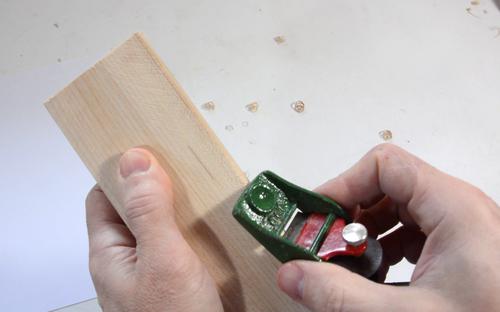 I often approximate roundovers by taking several passes over the edges
at different angles with a small palm plane until the edge feels round.
I often approximate roundovers by taking several passes over the edges
at different angles with a small palm plane until the edge feels round.
When just a few edges need doing, this is much more convenient than setting up a router. But I was starting to wonder how many passes at what angles would be ideal.
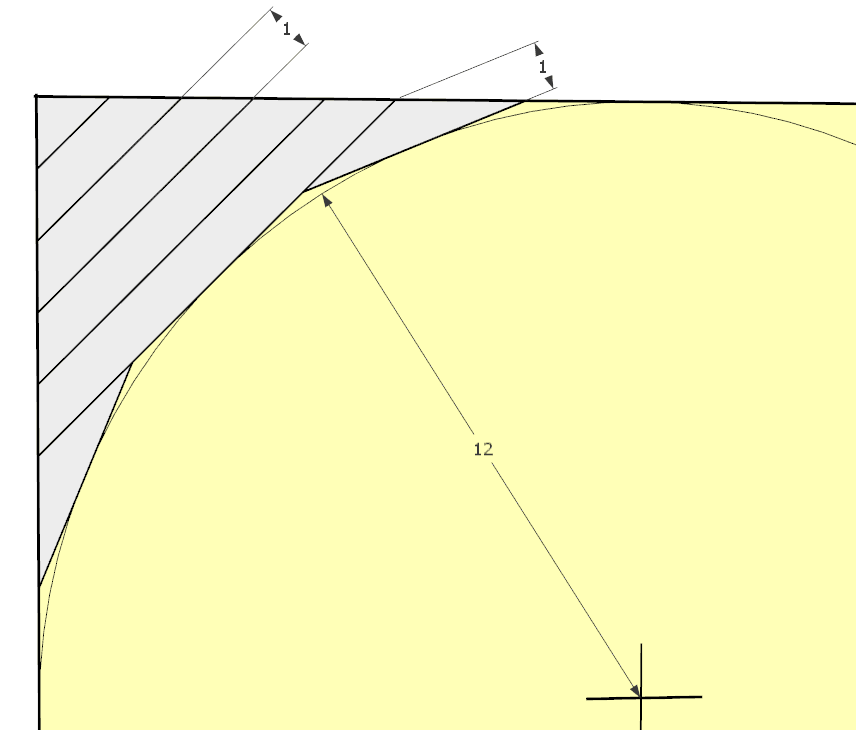 I started playing around with the concept. Just sketching it by
hand, I concluded four or five initial passes at 45 degrees would be best,
but then I drew it up in CAD. It turns out, five
strokes at 45 degrees, followed by one stroke each at 22.5 degrees from either
side will approximate a circular roundover almost perfectly, with the radius
12 times the shaving thickness.
I started playing around with the concept. Just sketching it by
hand, I concluded four or five initial passes at 45 degrees would be best,
but then I drew it up in CAD. It turns out, five
strokes at 45 degrees, followed by one stroke each at 22.5 degrees from either
side will approximate a circular roundover almost perfectly, with the radius
12 times the shaving thickness.
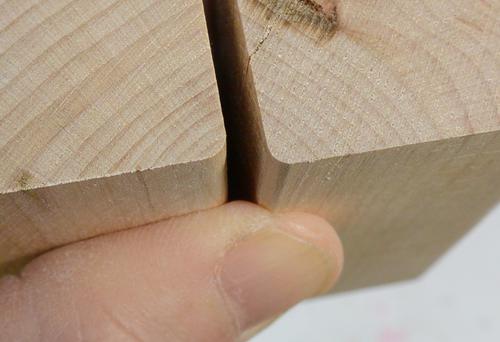 If I want the edge to feel really smooth, I'll go over it briefly with some
coarse sandpaper. At left, cutting through the middle of the piece I was
demonstrating with above, followed by sanding, and you
can see the edge really is a roundover.
If I want the edge to feel really smooth, I'll go over it briefly with some
coarse sandpaper. At left, cutting through the middle of the piece I was
demonstrating with above, followed by sanding, and you
can see the edge really is a roundover.
I also use a small palm plane if I just want a chamfer.
Of course, there are dedicated chamfer and roundover planes to do this sort of thing, but in my view, these don't work as well as just a palm plane. The problem with chamfer and roundover planes is that there is nothing to prevent the plane from cutting full depth on one pass. That's usually too much, and it makes a mess of the wood. So my preference is to just take many passes with a small plane.
See also:
Back to my woodworking website
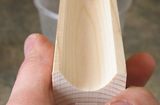 Cove cutting
Cove cutting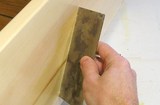 Scraping varnish
Scraping varnish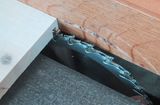 Cheap dado blade substitute
Cheap dado blade substitute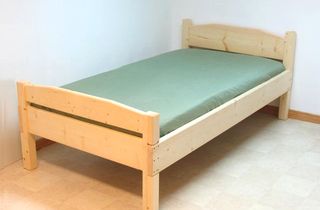 Bed from 2x4 lumber
Bed from 2x4 lumber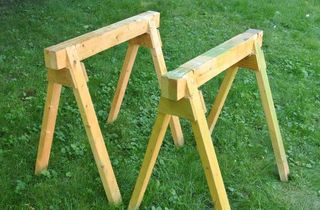 Building sawhorses
Building sawhorses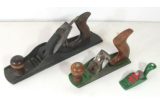 My favourite hand panes
My favourite hand panes